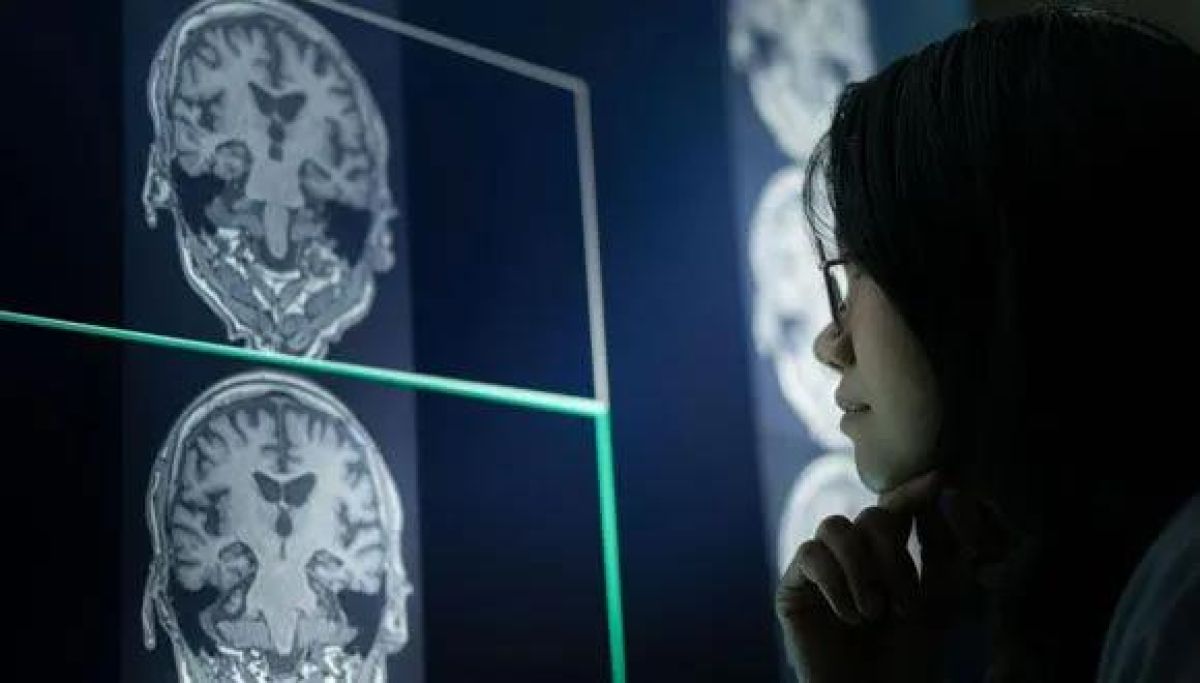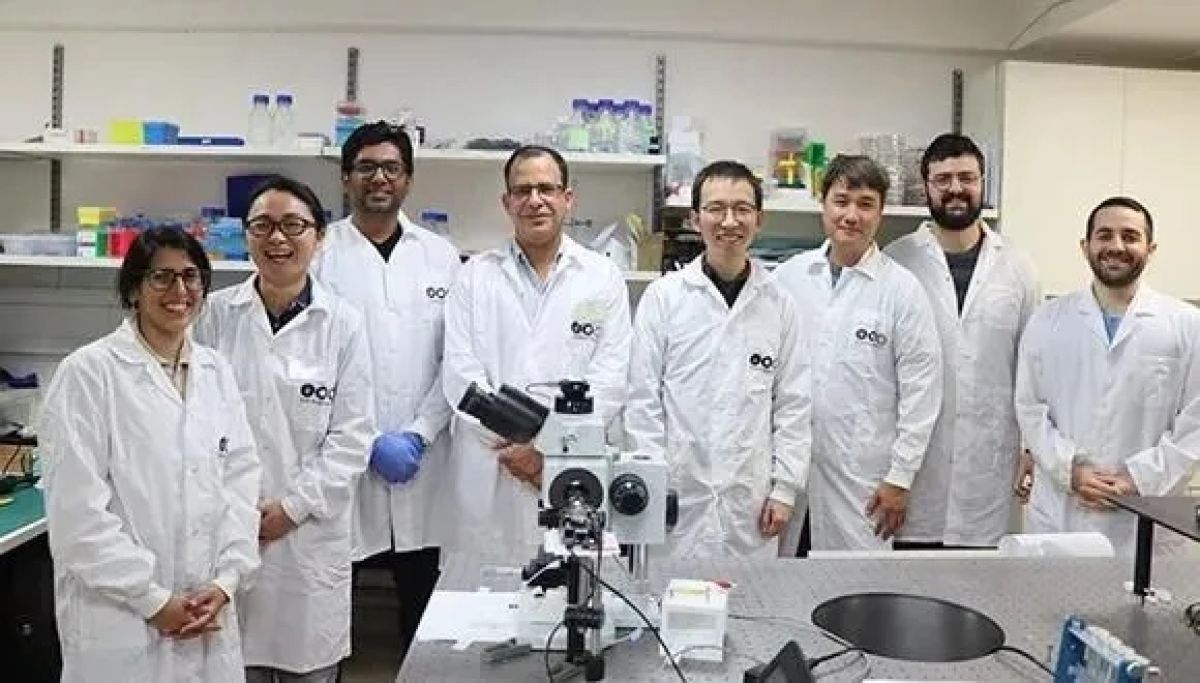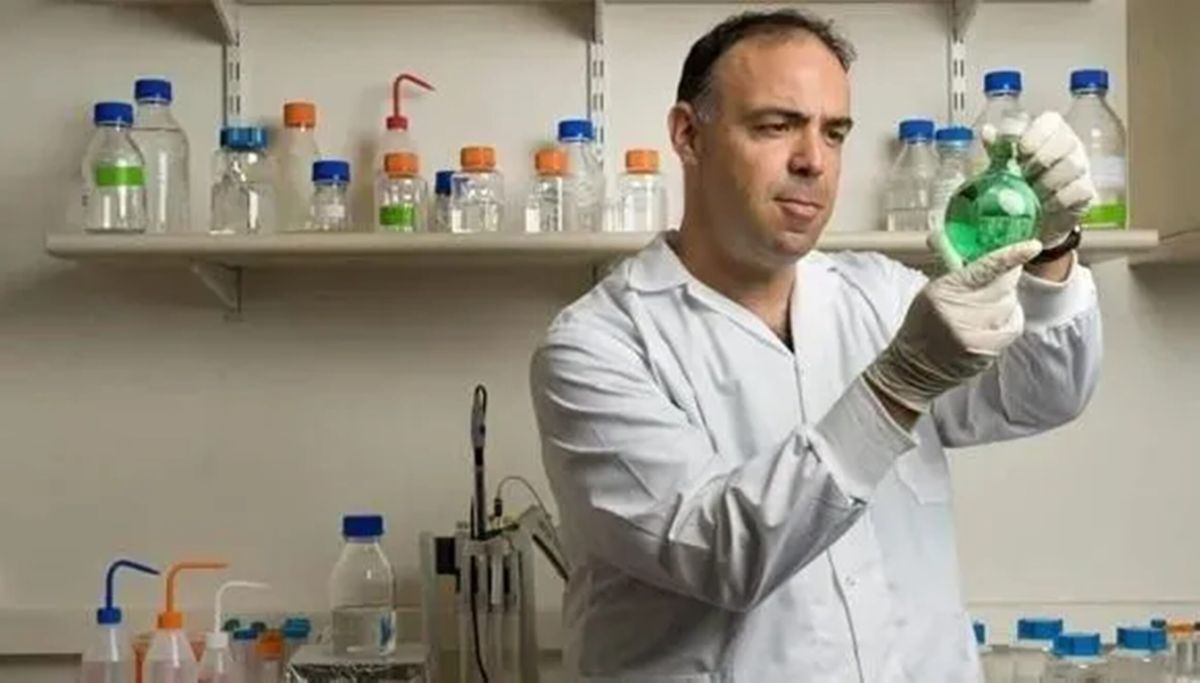Turning Organic Waste to Tomorrow’s Fuel
TAU’s new method turns raw wet waste into biofuels, potentially meeting a third of Israel’s marine fuel needs.
An innovative development by a team of Tel Aviv University researchers allows for converting the wet raw waste that we throw in the trash into liquid and solid biofuels, without the need to dry the waste. The researchers assess that at the national level, fuels produced from organic waste can, among other things, meet about a third of Israel’s marine fuel consumption.
The study was led by Prof. Alexander Golberg of Tel Aviv University’s Porter School of Environment and Earth Sciences and was published in the journal Energy Conversion and Management: X. The research was conducted by Ph.D. candidate Maya Mosseri in collaboration with engineer Michael Epstein, Prof. Michael Gozin of the School of Chemistry, and Prof. Avraham Kribus of the Fleischman Faculty of Engineering.
How Israel Handles Its Waste Crisis
Israel’s waste problem is escalating. In 2019, the country generated approximately 5.8 million tons of municipal waste, averaging about 1.76 kg per person per day — about 30 percent more than the European average. This figure increases every year by about 2.6 percent. Currently, about 80 percent of household waste in Israel ends up in landfills. Organic waste presents a significant challenge, harming the environment through greenhouse gas emissions, leachate formation, and the pollution of air, water, and soil, often accompanied by unpleasant odors.
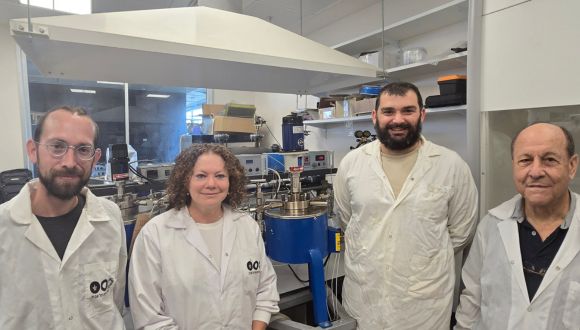
The Research Team.
“Organic waste emits methane, which is a greenhouse gas, and also contaminates groundwater”, explains Prof. Golberg. “The treatment of waste is a critical issue. Landfill sites in Israel are reaching capacity, and despite the desire to reduce landfill to a minimum, we are forced to open new sites, because there is no other solution. The major advantage of our proposal is that we will reduce the need for so many landfill sites. Municipalities invest considerable funds on waste transportation and treatment, and this solution has the potential to significantly cut those expenses”.
To assess the potential of municipal waste in Israel, the researchers analyzed the results of a groundbreaking 2018 survey conducted by E. Elimelech et al. from the University of Haifa. The survey examined the composition of the garbage produced by 190 households in the city of Haifa over the course of a week. The findings revealed that measurable organic waste constitutes about 36.4 percent of food waste and about 16.4 percent of total household waste. The category of measured organic waste was further analyzed, showing that it comprised 67 percent fruits and vegetables, 14 percent breads, pastas and cereals, 8 percent eggs and dairy products, 5 percent by-products such as peels and skins, 3 percent meat, fish and poultry, 2 percent sweets and cookies, and 1percent soft drinks. In general this organic waste contains around 80% water.
Turning Trash into Treasure
“The results of this survey formed the basis for the waste model in our study,” says Prof. Golberg. “We built a continuous reactor — which will eventually be adaptable for solar energy usage — to heat the waste to 280 degrees Celsius, and we were able to significantly reduce the amount of water and oxygen in the biofuel. We found cost-effective catalysts that make it possible to control the ratio between the liquid and solid fuel products. Solid fuel can be used as biochar, effectively sequestering carbon dioxide for extended periods. The biochar can be burned in power plants like regular coal and liquid biofuels, and after upgrading, it can power planes, trucks, and ships”.
Using the representative model of the measured organic waste, the TAU researchers successfully produced liquid biofuel with a yield of up to 29.3 percent by weight and solid fuel with a yield of up to 40.7 percent based on dry raw material. This process is versatile and suitable for treating any wet organic waste or residue, for example, organic waste from food factories, institutional kitchens, and hospitals.
The researchers conclude: “The production of biofuels from organic waste components can significantly reduce the volume of municipal waste sent to landfills, thereby decreasing environmental pollution of soil, water, and air. Moreover, reducing landfilling will lower greenhouse gas emissions and decrease reliance on oil and coal. Converting waste into energy also offers a local solution for Israel’s energy independence and security”.
The researchers thank the chief scientist of the Israeli Ministry of Energy and the company Noga for their support of the research.


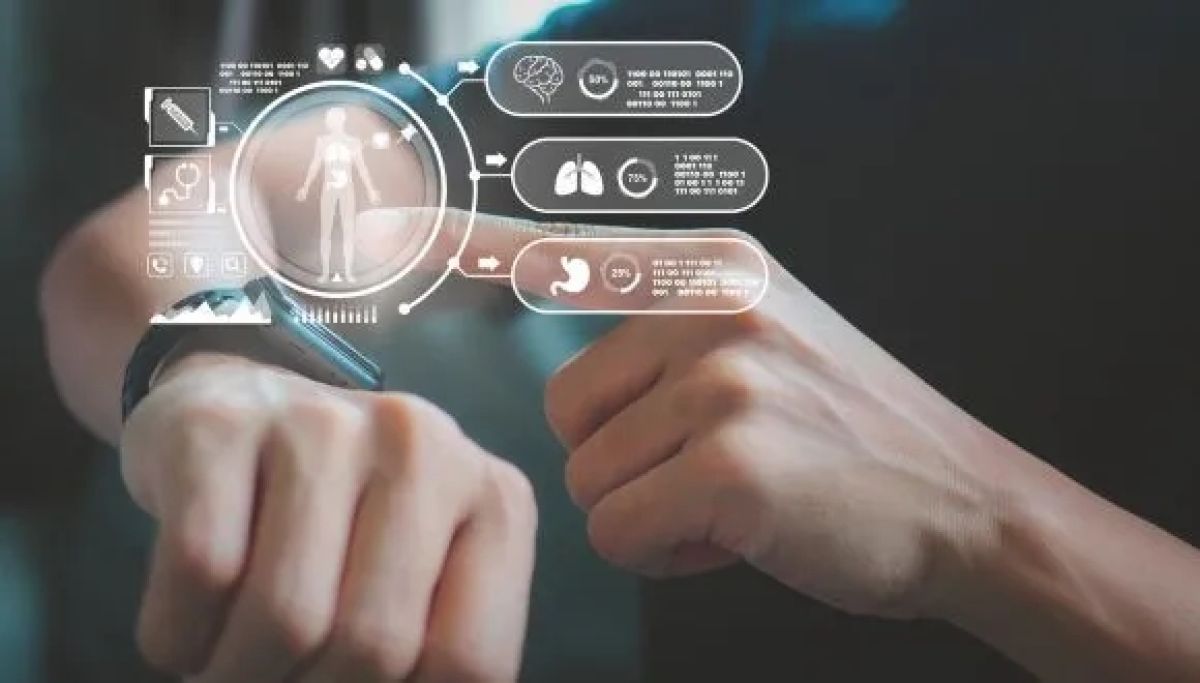


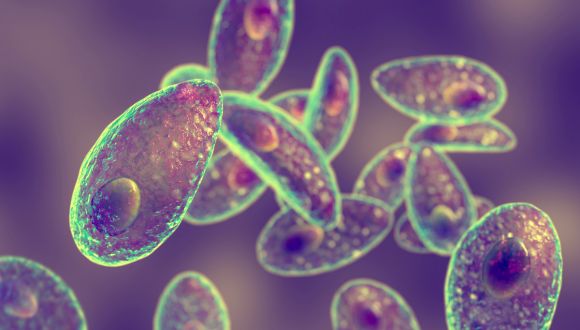



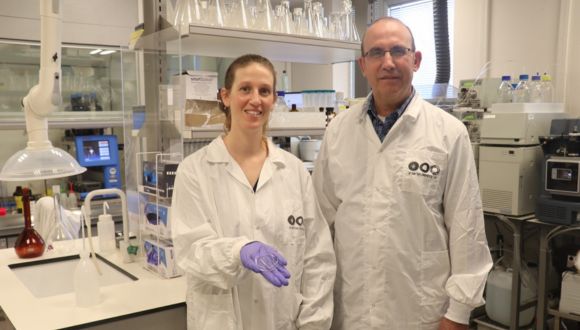
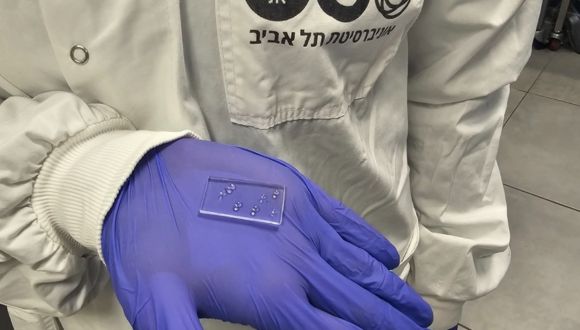

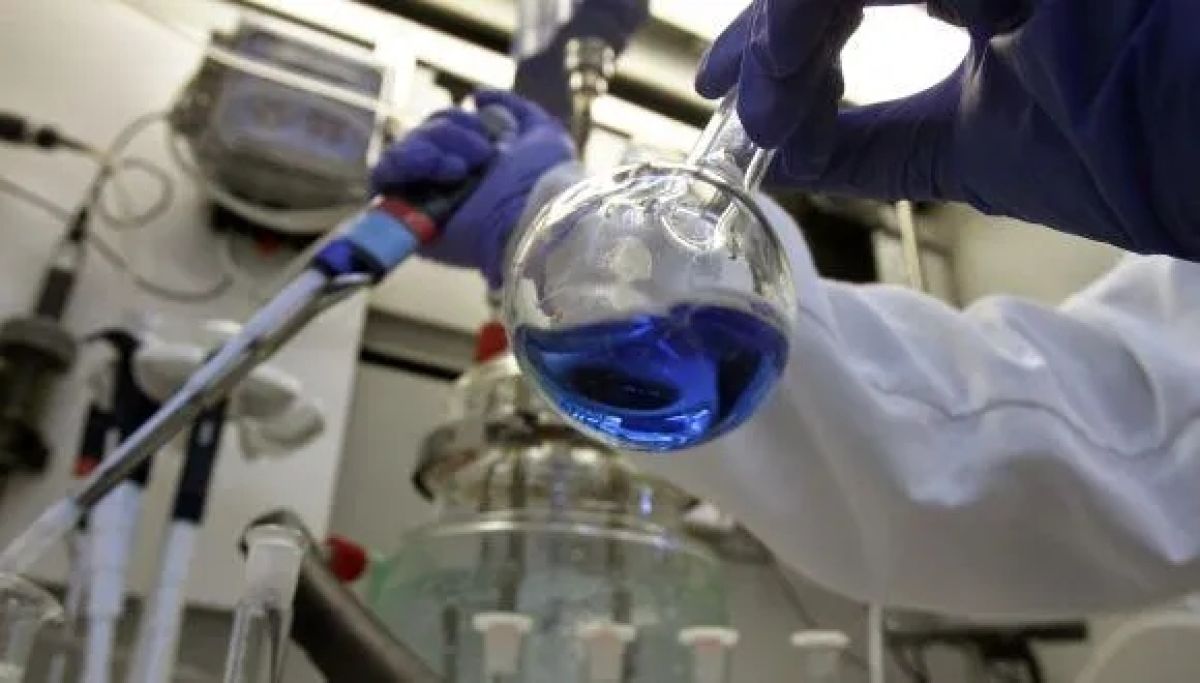
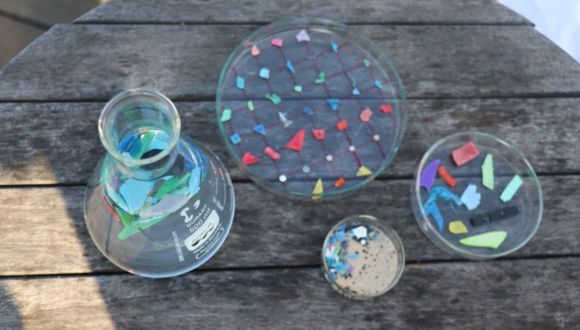 “These programs are a golden opportunity for Engineering or exact science majors keen on studying Biomedical or Environmental Engineering in the start-up nation,” comments Brian Rosen, Vice Dean for International Affairs in the
“These programs are a golden opportunity for Engineering or exact science majors keen on studying Biomedical or Environmental Engineering in the start-up nation,” comments Brian Rosen, Vice Dean for International Affairs in the 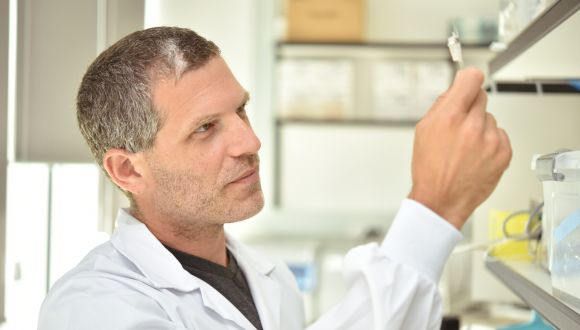 Professor Ben Maoz, Department of Bio-Medical Engineering, the head of the Biomedical Engineering MSc program
Within this program, students can explore nine primary
Professor Ben Maoz, Department of Bio-Medical Engineering, the head of the Biomedical Engineering MSc program
Within this program, students can explore nine primary 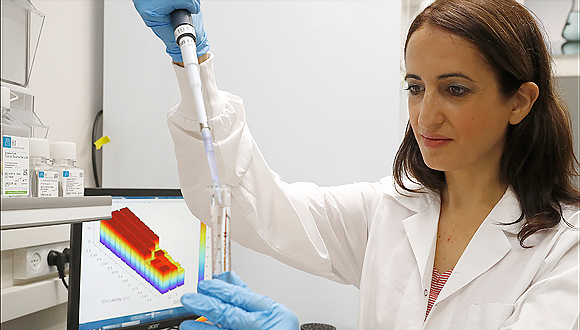 Professor Hadas Mamane, School of Mechanical Engineering, head of MSc in Environmental Engineering
Professor Hadas Mamane, the program head, assigns great importance to hands-on experience from day one:
Professor Hadas Mamane, School of Mechanical Engineering, head of MSc in Environmental Engineering
Professor Hadas Mamane, the program head, assigns great importance to hands-on experience from day one:
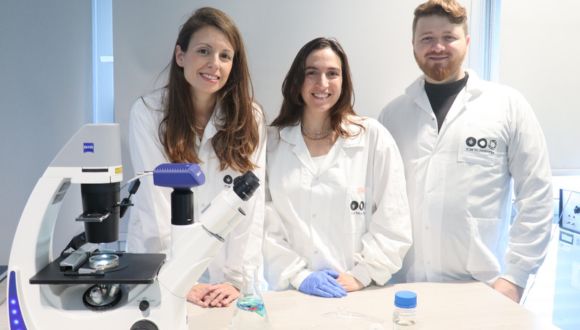 Dr Ines Zucker and her students
Whether immersing yourself in the intricacies of biomedical engineering or contributing to environmental solutions, these two new graduate programs at TAU promise a unique blend of academic rigor, practical application, and a pathway to diverse and impactful career opportunities. Embark on an educational journey that not only expands your knowledge but also positions you at the forefront of innovation in your chosen field.
International admissions are now open, and you can submit your application
Dr Ines Zucker and her students
Whether immersing yourself in the intricacies of biomedical engineering or contributing to environmental solutions, these two new graduate programs at TAU promise a unique blend of academic rigor, practical application, and a pathway to diverse and impactful career opportunities. Embark on an educational journey that not only expands your knowledge but also positions you at the forefront of innovation in your chosen field.
International admissions are now open, and you can submit your application 